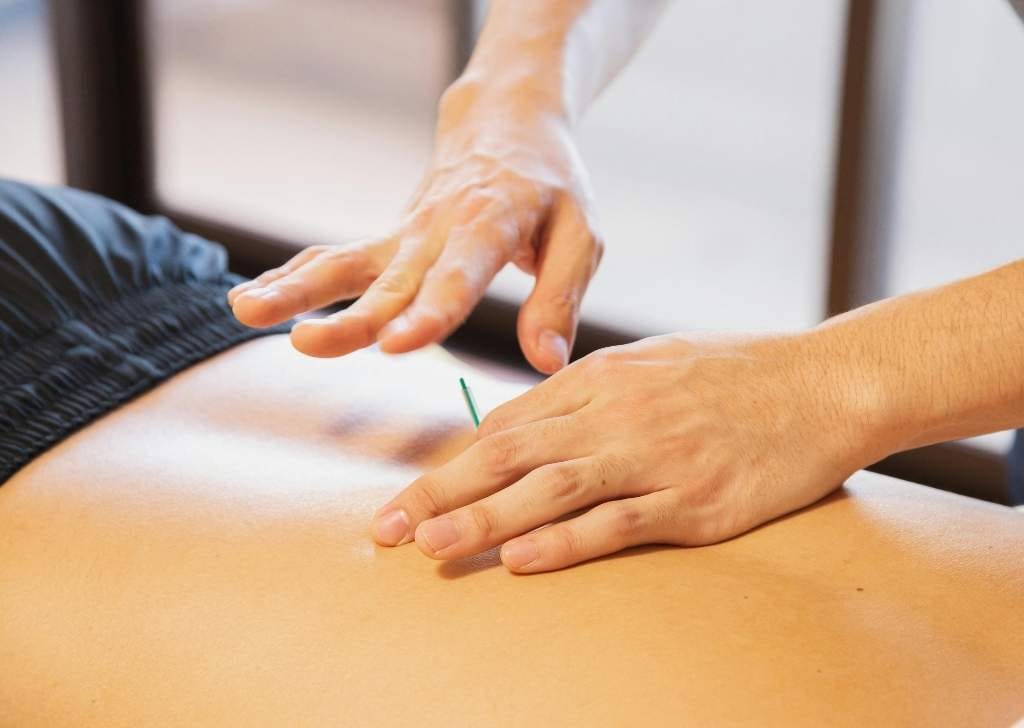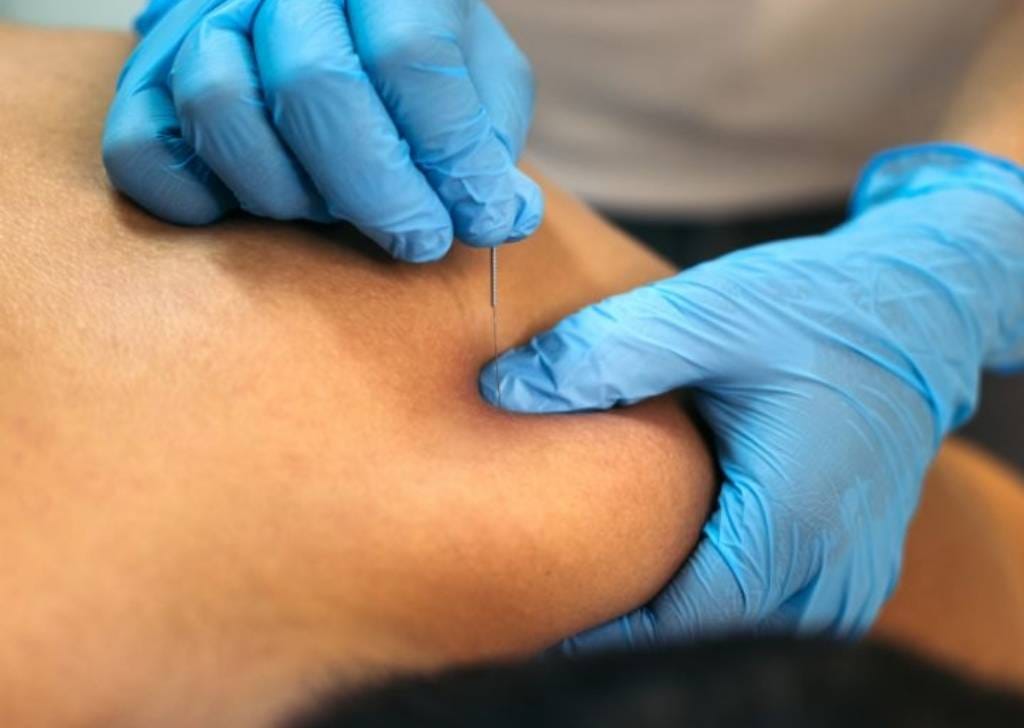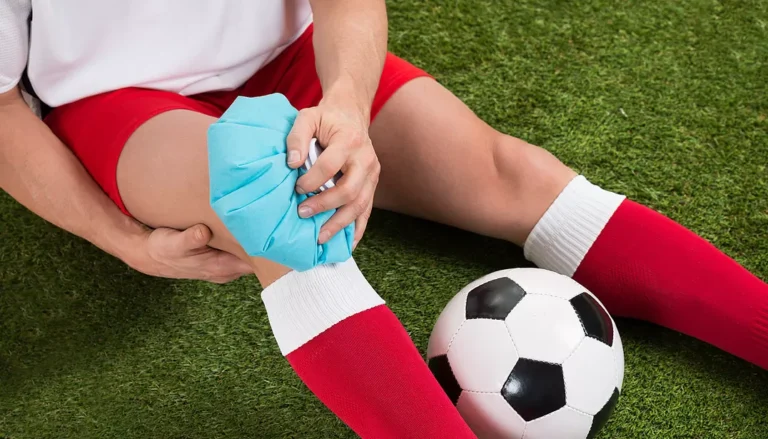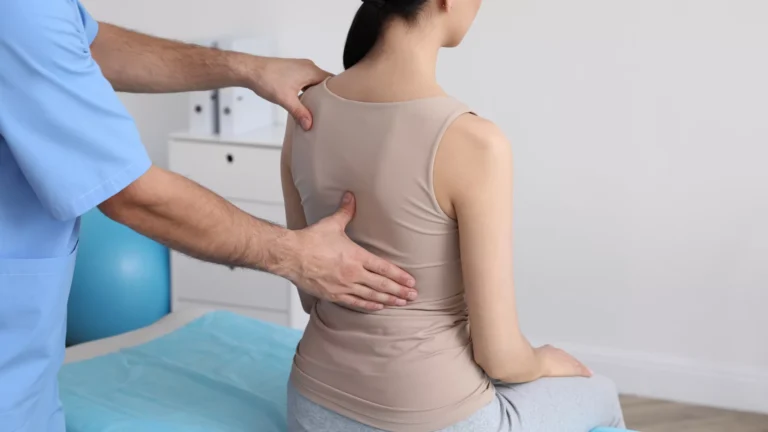Daily routines often play a bigger role in muscle pain than you might think. Hours at a desk, intense workouts, or even poor posture can all lead to recurring tightness and strain. Many Malaysians experience these issues without realising the underlying cause.
At Regenesis, we specialise in muscle strain treatment that targets deep muscle knots using techniques like dry needling — a safe, evidence-based approach that offers real relief.
Unlike general massages or painkillers, needle treatment for muscle pain goes deeper to reset muscle function and reduce tension from within. This guide breaks it all down from common strain symptoms, recovery timelines, and when to seek help from experts from a physiotherapy in Subang Jaya.
Let’s break down what causes this heel pain and how our physio approach tackles it effectively.
What Causes Muscle Strain – And Why It’s More Common Than You Think
A muscle strain happens when your muscle fibers stretch too far or tear due to overuse, poor posture, sudden movement, or repetitive stress. Many of us unknowingly push our muscles beyond their limits through daily activities — especially if we neglect warm-ups, sit too long, or jump into high-intensity workouts.
Overuse and Repetitive Movements
Doing the same motion over and over — like typing, lifting, or even cycling — can gradually fatigue muscles. Over time, these muscles tighten and become inflamed, increasing the risk of strain.
Poor Posture and Sedentary Lifestyle
Sitting for long hours with hunched shoulders or slouched backs is a leading culprit. Without engaging your core and back muscles regularly, they weaken — making you prone to pain and tension, particularly in the neck, shoulders, and lower back.
Sudden Movements or Heavy Lifting
Lifting something too heavy or making a sudden, sharp movement (like twisting or reaching awkwardly) can cause acute strain. This is common in sports or physically demanding jobs.
Cold Muscles and Lack of Warm-Up
Muscles need proper blood flow to stay elastic. Skipping warm-ups before exercising or working in a cold environment reduces flexibility, making you more prone to muscle tears.
Muscle Imbalance
Uneven muscle strength — often from favouring one side of the body — causes some groups to overcompensate, increasing the strain risk. For example, if your glutes are weak, your lower back muscles may work harder, leading to pain.
How to Treat a Muscle Strain Without Making It Worse

If you’re dealing with a muscle strain, resist the urge to push through the pain — it could lead to further injury. The right treatment plan depends on the severity of the strain, but here’s how you can encourage proper recovery.
Rest, Ice, and Gentle Movement
Initially, give the affected area time to heal by avoiding strenuous activity. Apply ice packs within the first 48 hours to reduce swelling and inflammation. As the pain subsides, begin gentle movement to prevent stiffness and promote circulation.
Dry Needling Therapy for Muscle Recovery
At Regenesis Physiotherapy Subang Jaya, dry needling is one of the most effective techniques for managing muscle strain. This treatment targets trigger points — tight bands of muscle that cause pain — using fine needles to release tension and improve blood flow. It’s especially effective for chronic strains or recurring muscle tightness. If you’re searching for dry needling near me, Regenesis offers expert care with certified therapists.
Gradual Return to Exercise
You might be wondering, can you exercise after dry needling? Yes — but not immediately. Wait at least 24-48 hours after your session and begin with low-intensity exercises. Listen to your body and avoid overloading the muscle.
Physiotherapy for Long-Term Strength and Prevention
For more severe or recurring strains, personalised muscle strain treatment at Regenesis includes targeted strengthening and flexibility exercises, manual therapy, and posture correction. These help reduce pain, prevent future injuries, and support long-term muscle strain recovery.
Is Dry Needling Safe for Muscle Strain Relief?

Yes — dry needling is a clinically supported technique that can help reduce muscle strain, ease tight knots (trigger points), and promote faster recovery. It’s often misunderstood as acupuncture, but while both use thin needles, dry needling specifically targets dysfunctional muscles.
At Regenesis Physiotherapy, we apply dry needling under strict safety standards by certified physiotherapists in Subang Jaya, ensuring effectiveness and comfort.
How It Works
Dry needling uses thin, sterile needles placed into tight muscle areas to kickstart recovery. It helps by:
- Increasing circulation to the injured tissue
- Easing muscle tension and spasms
- Activating the body’s natural pain-relieving response
This technique is especially helpful for those suffering from chronic muscle tightness, post-exercise pain, or lingering muscle strain that doesn’t go away with rest.
Is Dry Needling Right for You?
If you’re experiencing persistent muscle soreness, reduced mobility, or recurring muscle tightness, dry needling may be a great addition to your muscle strain treatment plan. Pairing it with manual therapy and exercise often speeds up muscle strain recovery significantly.
Learn more about needle treatment for muscle pain and how it fits into a personalised rehab program.
What Are the Benefits of Dry Needling for Muscle Pain?

Dry needling is more than just a trendy treatment — it’s a targeted method that offers fast, localised relief for muscle strain and tension. At Regenesis, we recommend dry needling as part of a personalised rehab strategy, especially for patients in Subang Jaya seeking long-term muscle strain recovery.
1. Rapid Muscle Pain Relief
Dry needling disrupts trigger points in tight or injured muscles. This helps reduce deep muscle pain and restore function more quickly than passive treatments.
2. Improves Blood Circulation and Healing
Needling boosts blood flow, flushes out inflammation, and delivers oxygen to injured tissues. This helps the body repair itself faster — crucial for people wondering how to heal muscle strain without long rest periods.
3. Enhances Muscle Function and Flexibility
Trigger points can restrict motion. Once released, you’ll likely notice improved movement, less stiffness, and a smoother return to physical activity. This makes it easier to resume light workouts or rehab exercises.
4. Complements Other Physiotherapy Treatments
Dry needling works best when combined with strength training, stretching, or manual therapy. Our experts at Regenesis will design a program tailored to your muscle condition and goals.
Is Dry Needling the Same as Acupuncture?

While both dry needling and acupuncture use fine needles, the two techniques differ in purpose, approach, and philosophy. Dry needling is rooted in Western medicine and targets muscular trigger points to relieve pain and improve function, whereas acupuncture is a traditional Chinese practice focused on restoring energy balance through meridian points.
At Regenesis, we focus on evidence-based outcomes and offer dry needling as part of a targeted physiotherapy plan. To better understand the differences and determine which treatment suits you best, read our full guide on dry needling vs acupuncture.
Can You Exercise After Dry Needling?
Yes — but it depends on how your body responds to the session.
Listen to Your Body First
After a dry needling session, your muscles may feel sore or fatigued for 24 to 48 hours. This is completely normal. If the soreness is mild, light movement such as walking, stretching, or gentle yoga may actually aid muscle recovery and improve blood circulation.
However, intense workouts should be avoided immediately after treatment. Jumping straight into high-impact activities may risk re-straining the muscle or delaying recovery. If you’re undergoing dry needling for muscle strain treatment, always consult your physiotherapist before resuming your full exercise routine.
When to Resume Full Workouts
Most people can return to moderate exercise within a day or two, but this varies depending on:
- The severity of the muscle condition
- Your personal pain threshold
- How your body reacts to dry needling
Your physiotherapist will tailor your exercise plan to avoid setbacks.
Tip: Stay hydrated, eat well, and monitor for any lingering soreness. If pain worsens, it’s best to hold off and seek further advice from your physiotherapist.
Frequently Asked Questions (FAQ)
Most patients describe the sensation as a mild twitch or muscle ache that lasts briefly. It's usually tolerable and considered a good sign that the targeted muscle is responding. Any discomfort typically fades within a few hours after the session.
The number of sessions varies based on your condition. Many patients notice improvements within 2-3 visits, but full recovery from moderate to severe muscle strain may take 5-8 sessions or more. A customised treatment plan will be provided by your physiotherapist at Regenesis Physiotherapy Subang Jaya.
Dry needling may not be suitable for everyone. You should avoid it if you:
- Are pregnant (particularly in the early stages)
- Have a bleeding disorder or are taking blood-thinning medication
- Have a compromised immune system or skin infection in the treatment area
- Are very anxious about needles or have a history of fainting with injections
Your physiotherapist will review your medical history before starting treatment to make sure it’s safe for you.
Cupping and dry needling work in different ways, and one isn’t necessarily “better” than the other. Cupping uses suction to improve circulation and ease muscle tightness, while dry needling targets trigger points in muscles to release tension and reduce pain. The right choice depends on your condition, your goals, and how your body responds. Some people benefit from a combination of both. A physiotherapist can help determine which approach is best for your needs.
After your first dry needling session, you may feel mild muscle soreness or tightness for a day or two, similar to post-workout stiffness. Some people notice immediate relief, while others improve gradually over several sessions. Temporary fatigue or heaviness in the treated area is also common as the muscles relax. Staying hydrated, gentle stretching, and applying heat can help ease any soreness, and most patients soon experience reduced pain, better mobility, and improved recovery.
Ready to Recover Faster from Muscle Strain?

Whether you’re dealing with persistent muscle tightness or sudden strain, Regenesis Physiotherapy in Subang Jaya is here to help. Our expert team uses proven techniques like dry needling therapy, personalised exercise programs, and hands-on care to speed up your recovery and get you back to pain-free movement.
Don’t let muscle pain hold you back. Book your session today and feel the difference with Regenesis — your trusted physiotherapy clinic in Subang Jaya.






